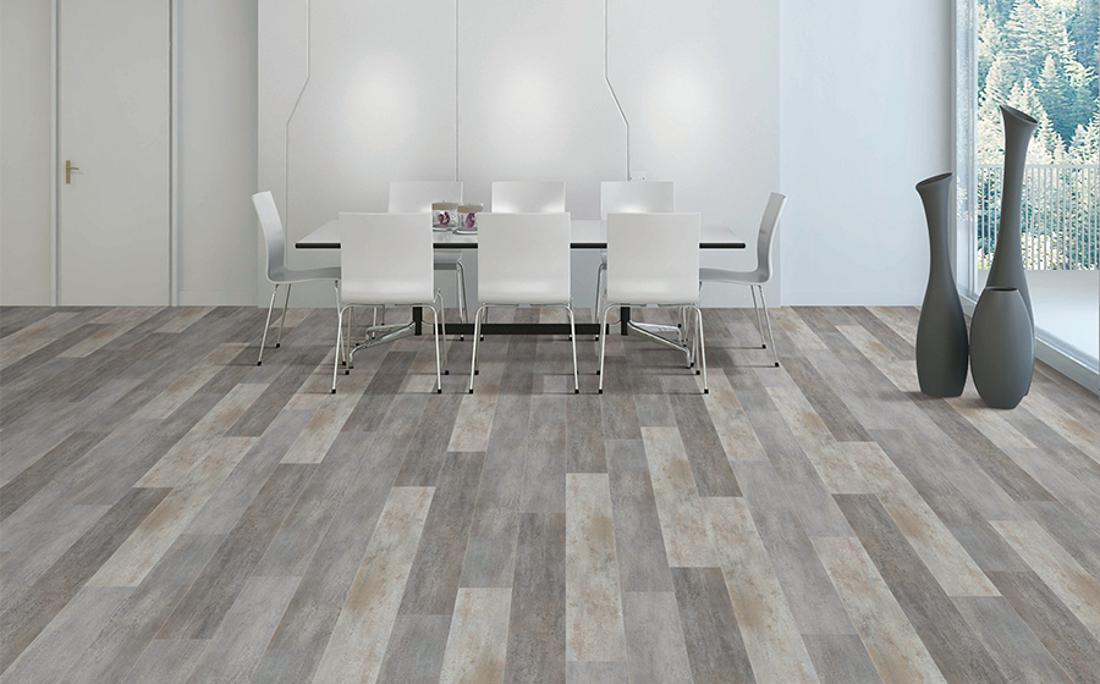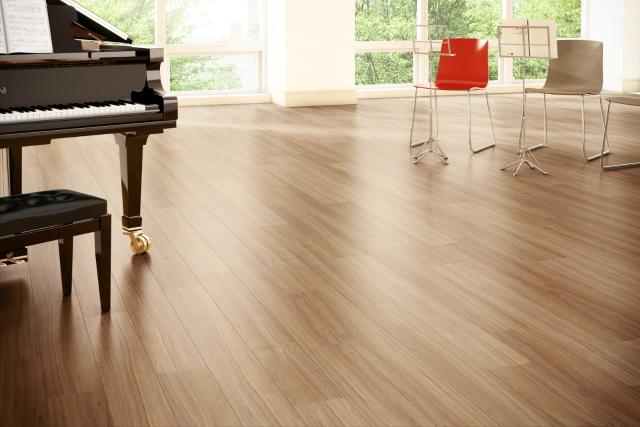Structure
Floor
Nov 2 2022
Flooring is commonly referred to as permanent floor covering, a proper flooring system comprises of a good supportive subfloor including sprung, floating and raised flooring. These are installed to ensure proper structural strength can be provided for the floor covering, for instance, concrete subfloor or plywood subfloor.
Introduction
Floor finishing should be done in a way where the initial purpose is met, to ensure the safety level is maximized besides the base floor layer to be laid completely according to specification. A building that requires superior sound reduction and comfort walking floor will need to install carpet, for example, the hotel and office. Furthermore, there are other resin floorings that are suitable for the outdoor and indoor purpose. For instance, polyurethane (PU) flooring is installed to shield floor from ultraviolet (UV), rainwater, chemical, and other foreign substances. With the wide range of construction chemicals, it can be applied on top of different substrates such as timber, concrete, and etc which depend on requirement and objectives of a user. Warehouse and plant might require heavier duty flooring system such as epoxy while normal human walking can use vinyl, carpet, and tile. Glass floor is suitable for designers who wish to explore openness concept and mostly specified in a skyscraper, attraction point, flora and fauna center as well as other places with custom themes. Tiles floor is also one of the most common designs that have a wide range of materials and surfaces.Applications
Concrete: The basic of all flooring, either as the underlayment for other flooring or remain raw finish.Epoxy: Robust heavy-duty surface finish is often being used as an industrial setting, resistant to stains, crack, moisture, grease where the level of durability can only be defeated by concrete floor.
Timber: It can be subcategorizing into solid and engineered wood flooring, the first one would be a full single piece of timber while the latter one which also known as composite wood that only has a thin actual wood layer on top.
Tile: Usually manufactured by ceramic, stone but also can be originated from metal, quartz, terrazzo, clay. However, many materials can be produced into tile such as marble, porcelain, travertine, pebbles, granite, glass, cork, concrete, onyx, slate and more.
Vinyl: Vinyl flooring can be presented in tile or plank form, yet both of them are waterproof, highly durable, insulating against heat and sound, wide surface options and installation-friendly.
Carpet: Carpet is installed for the reason to insulate the human’s feet from the concrete floor or the low-temperature tile. It also uses as a sound reducer for footstep.
Raised Flooring: a structural elevated floor that offers passage for electrical and mechanical accessories, mostly installed in rooms that related to Information Technology (IT) such as computer room, data center or lab, it allows the technician to crawl through besides hiding the system and cabling.
Glass Floor: Few glass flooring types can be installed such as transparent, translucent but toughened glass is the most common one due to its durability and resistance to breakage.
Other Flooring: It might include steel platform, composite wood, paver, aggregates, cork, aluminium, recycled materials, bitumen and many more for both outdoor and indoor.
Popular Flooring Product
Carpet
Vinyl Flooring
Epoxy Flooring
Timber Flooring
Tiles Flooring
Concrete Flooring (Cement Flooring)
Asphalt Flooring
Contact us today for your flooring material supplier and flooring contractor in Malaysia.


